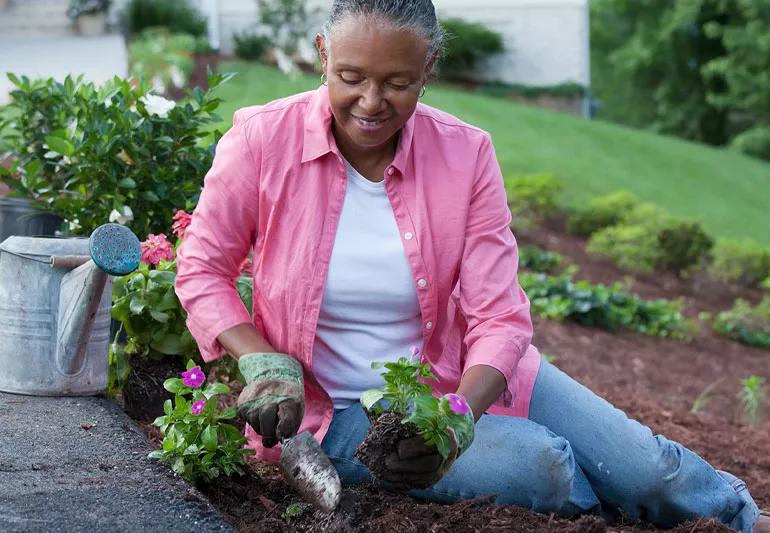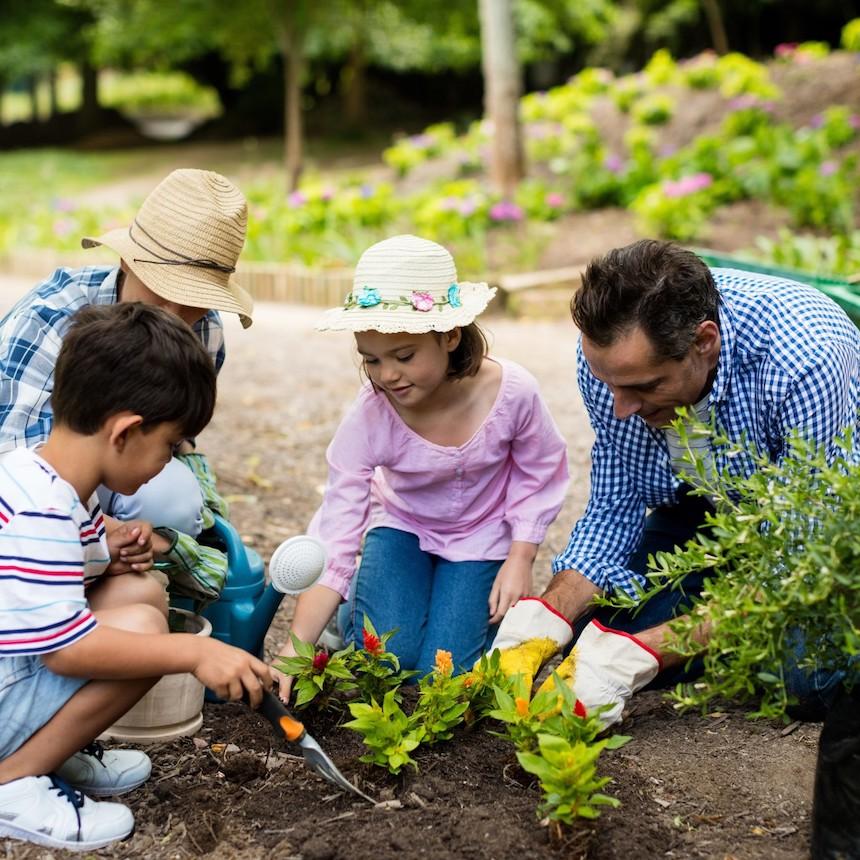Gardening Tips to Increase Your Visual Charm and Community Charm
Gardening Tips to Increase Your Visual Charm and Community Charm
Blog Article
Professional Gardening Tips for Creating a Sustainable and Eco-Friendly Garden
Starting the trip to develop a green and sustainable garden involves a collection of calculated choices and practices that not just improve the beauty of your space however additionally contribute favorably to the setting. By selecting indigenous plants that are appropriate to your area, you can lower reliance on chemical plant foods and pesticides while giving necessary support to neighborhood wildlife. Additionally, including water conservation strategies and organic gardening approaches plays a vital function in preserving a healthy environment. To discover more professional understandings and practical techniques, allow us check out the crucial elements that specify an environmentally aware garden.
Pick Native Plants
Choosing native plants for your yard is an essential step towards attaining sustainability. Native plants are naturally adjusted to the local climate and soil problems, making them a lot more durable to regional insects and diseases. This decreases the demand for chemical pesticides and plant foods, hence reducing environmental impact. Furthermore, indigenous plants typically need much less water when established, adding to more effective water usage.
Past their functional benefits, indigenous plants play an essential role in supporting local biodiversity. They offer essential environment and food resources for native wild animals, including pollinators such as butterflies, birds, and bees. This fosters a balanced community, which is vital for the health and wellness of your garden and the surrounding environment.

Implement Water Conservation
Carrying out water conservation methods is important for maintaining a lasting yard. Effective water use not only decreases the environmental impact but also makes certain that plants receive sufficient hydration without wastage.
Furthermore, mulching is a valuable method for saving water. By applying a layer of natural compost, such as timber chips or straw, around the base of plants, gardeners can reduce dirt dissipation and preserve consistent wetness levels. Mulch likewise aids regulate soil temperature level and suppresses weed development, more adding to plant health and wellness.
Rain harvesting is an additional lasting technique. Installing rain barrels or various other collection systems enables garden enthusiasts to save and capture rain, which can later on be made use of throughout completely dry durations. This not only preserves local water yet likewise provides an all-natural, chemical-free source for irrigation.
Finally, choosing drought-tolerant plant types can considerably minimize water demands. These plants are adapted to flourish in low-water conditions, making them perfect for eco-friendly gardens. gardening tips. Carrying out these water preservation approaches will certainly foster a resilient, lasting yard
Use Organic Horticulture Methods

Pest monitoring in a natural yard relies upon integrated insect administration (IPM) approaches. These consist of motivating advantageous bugs, utilizing natural predators like lacewings and ladybugs, and carrying out plant rotation to interrupt pest life cycles. Friend growing, where specific plants are grown together to drive away parasites or attract beneficial insects, is an additional effective technique.
Weed control is handled via mulching and hand-operated removal, instead of relying upon herbicides. Compost not just reduces weeds however additionally conserves wetness and boosts dirt health as it damages Go Here down. Organic composts, such as straw, wood chips, and leaves, are particularly helpful.
Develop Wildlife Environments
Producing wildlife environments within your garden not only improves biodiversity yet likewise supports the ecological community's balance. Beginning by incorporating indigenous plants, as these are well-suited to your neighborhood climate and supply important food and sanctuary for wildlife.
Take into consideration adding a water function, such as a pond or birdbath, to give a consistent water resource. Water components draw in a selection of species, from amphibians to pollinators, improving the yard's vitality. Additionally, setting up birdhouses, bat boxes, and insect resorts provides secure nesting websites and encourages biodiversity.
Leave some locations of your yard uninterrupted, allowing leaf trash and dropped branches to collect. By focusing on these lasting techniques, your yard can become a sanctuary for local wildlife, advertising environmental health and wellness and sustainability.
Method Composting and Mulching
A vital facet of lasting horticulture, composting and mulching, dramatically boosts dirt wellness and lowers waste. Composting entails reusing natural products such as cooking area scraps, lawn cuttings, and leaves. These products disintegrate to develop nutrient-rich compost, which serves as a natural plant food. Unlike synthetic fertilizers, compost enhances the soil with necessary nutrients and advantageous microorganisms, promoting a healthier yard ecological community.
Mulching, on the various other hand, involves covering the soil surface with inorganic or natural products, such as straw, wood chips, or shredded leaves. This practice supplies several benefits: it conserves dirt wetness, reduces weed growth, and moderates soil temperature level. Compost likewise slowly breaks down, including natural matter to the dirt and further improving its fertility.
To exercise efficient composting, ensure your garden compost stack has a balance of green materials (rich in nitrogen) and brownish products (rich in carbon), maintaining appropriate aeration and dampness. gardening tips. On a regular basis turning the pile increases decomposition. For mulching, apply a 2-3 inch layer around plants, ensuring it does not straight get in touch with stems or trunks to avoid rot
Verdict

Picking native plants for your yard is an essential step toward achieving sustainability.Furthermore, including native plants can boost the aesthetic appeal of your yard. These plants are adapted to prosper in low-water conditions, making them excellent for environment-friendly yards. Carrying out these water conservation approaches will cultivate a resilient, lasting garden.
In verdict, establishing a lasting and environmentally friendly garden entails the tactical choice of indigenous plants, the adoption of water preservation techniques, and the application of organic gardening approaches.
Report this page